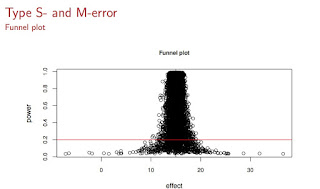It turns out that you can automate the generation of fixed-format exercises (with different numerical answers being required each time). You can also randomly select questions from a question bank you create yourself. And you can even create a unique question paper for each student in an exam, to make cheating between neighbors essentially impossible (even if they copy the correct answer to question 2 from a neighbor, they end up answering the wrong question on their own paper).
All this magic is made possible by the exams package in R. The documentation is of course comprehensive and there is a journal article explaining everything:
Achim Zeileis, Nikolaus Umlauf, Friedrich Leisch (2014). Flexible Generation of E-Learning Exams in R: Moodle Quizzes, OLAT Assessments, and Beyond. Journal of Statistical Software 58(1), 1-36. URL http://www.jstatsoft.org/v58/i01/.I also use this package to deliver auto-graded exercises to students over datacamp.com. See here for the course I teach, and here for the datacamp exercises.
Here is a quick example to get people started on designing their own customized, automated exams. In my example below, there are several files you need.
1. The template files for your exam (what your exam or homework sheet will look like), and the solutions file. I provide two example files: test.tex and solutiontest.tex
2. The exercises or exam questions themselves: I provide two as examples. The first file is called pnorm1.Rnw. It's an Sweave file, and it contains the code for generating a random problem and for generating its solution. The code should be self-explanatory. The second file is called sesamplesize1multiplechoice.Rnw and has a multiple choice question.
3. The exam generating R code file: The code is commented and self-explanatory. It will generate the exercises, randomize the order of presentation (if there are two or more exercises), and generate a solutions file. The output will be a single or multiple exam papers (depending on how many versions you wanted generated), and the solutions file(s). Notice the cool thing that even in my example, with only one question, the two versions of the exams have different numbers, so two people cannot collaborate and consult each other and just write down one answer. Each student could in principle be given a unique set of exercises, although it would be a lot of work to grade it if you do it manually.
Here is the exam generating code:
Save from the gists given above (a) the test.tex and solutiontest.tex files, (b) the Rnw files containing the exercise (pnorm1.Rnw, and sesamplesize1multiplechoice.Rnw), and (c) the exam generating code (ExampleExamCode.R). Put all of these into your working directory, say ExampleExam. Then run the R code, and be amazed.
If something is broken in my example, please let me know.
Shuffling questions: If you want to reorder the questions in each run of the R code, just change myexamlist to sample(myexamlist) in the call below that appears in the file ExampleExamCode.R:
sol <- exams(sample(myexamlist), n = num.versions,
dir = odir, template = c("test", "solutiontest"),
nsamp=1,
header = list(ID = getID, Date = Sys.Date()))

